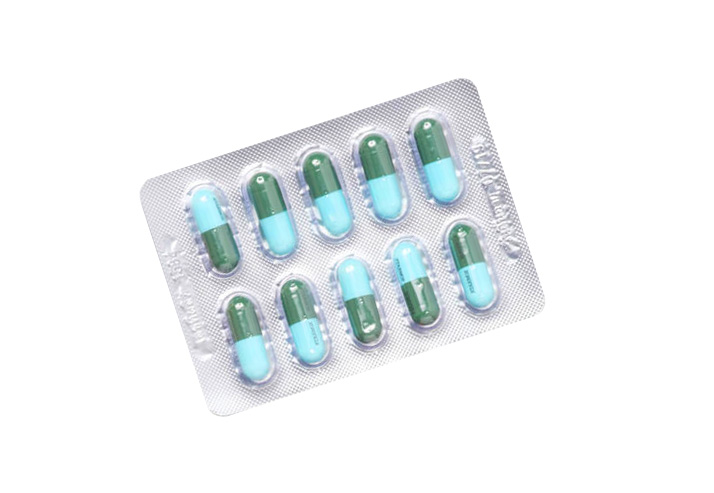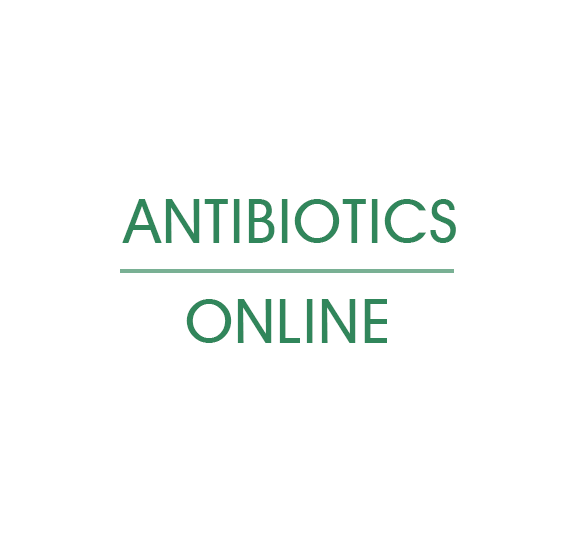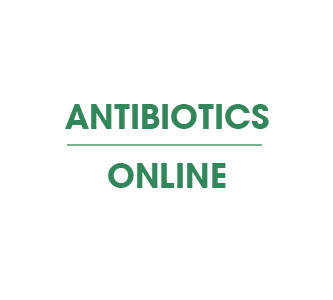Keflex
Keflex is an antibacterial antibiotic belonging to the beta-lactam family of 1st generation cephalosporins.
All cephalosporins, a group of beta-lactam antibiotics, block the production of cell walls by selectively inhibiting peptidoglycan synthesis. Their mechanism of action begins when they bind to cell receptors called penicillin-binding proteins. This binding prevents the transpeptidation reaction, crucial for peptidoglycan synthesis. Consequently, this inhibition leads to the disruption of bacterial cell walls and results in bacterial lysis.
Forms and Strengths

This antibiotic is available in the form of tablets (cefalexin 1 g, cefalexin 500 mg), powder for oral solution (syrup) containing 250 mg/5 ml and powder and solvent for injection.
How To Take
Tablets: swallow the whole tablet with water.
Oral suspension (bottle): shake the bottle well before each use and use the measuring spoon supplied with the medicine. Store the bottle of reconstituted product in the refrigerator.
Keflex should preferably be taken between meals, especially in children, as the effectiveness of this antibiotic diminishes when taken with milk.
To fight the infection as effectively as possible, Keflex should be taken at regular intervals throughout the day. Consult your prescription for the number of doses you need to take. For example, Keflex prescribed twice a day should be taken approximately every 12 hours (at 7am and 7pm or 8am and 8pm).
Dosage
Patients aged 6 to 15 years
Patients of any weight with:
- Acute bronchitis presumed to be bacterial
- Acute uncomplicated cystitis
- Acute otitis media
- Acute pneumonia
- Acute sinusitis
- Superinfection of chronic bronchitis
Standard dosage:
- 25 to 50 mg/kg in 2 doses per day
- For 7 to 14 days
- Maximum dosage: 2,000 mg per day
Acute streptococcal angina
Standard dosage:
- 25 to 50 mg/kg taken twice daily
- For 10 days
- Maximum dose: 2,000 mg per day
Patients aged 15 years and over
Patients of any weight with:
- Acute bronchitis presumed to be bacterial
- Acute uncomplicated cystitis
- Acute otitis media
- Acute pneumonia
- Acute sinusitis
- Superinfection of chronic bronchitis
Standard dosage:
- 1,000 mg twice daily
- For 7 to 14 days
Acute strep throat
Standard dosage:
- 1000 mg twice daily
- for 10 days
Side Effects
Keflex may cause digestive problems: diarrhoea, nausea, vomiting. If you experience diarrhoea during treatment with this drug, do not treat it yourself without medical advice.
This antibiotic may encourage the development of a fungal infection (mycosis) of the mouth or vagina.
Medicament may cause neurological disorders, particularly in high doses or if the kidneys are not functioning properly. In this case, ask your doctor or pharmacist for advice.
If you have an allergic reaction (skin rash, oedema, malaise) or if you develop a severe rash, blisters or fever, stop taking this medicine and contact your doctor immediately.
Precautions
Do not take Keflex if you are allergic to cephalosporin antibiotics. Tell your doctor if you have ever had severe skin rashes with antibiotics and if you have kidney disease.
Medication is reserved for adults and children over 6 years of age.
Taking Keflex is not a contraindication to sport or any other daily activity.
There is no contraindication to drinking alcohol (in moderation) with Keflex.
This medicine may have a significant effect on the ability to drive vehicles and use machines: please take care.
Pregnancy and Breastfeeding
Clinically, analysis of a large number of exposed pregnancies has apparently not revealed any particular malformative or foetotoxic effects of Keflex. However, only epidemiological studies can verify the absence of risk.
Keflex may therefore be prescribed during pregnancy if necessary.
Keflex is excreted into breast milk in low quantities, far below therapeutic levels. Therefore, it is generally considered safe to continue breastfeeding while taking this antibiotic.
However, if the infant develops diarrhoea, candidiasis or a skin rash, breast-feeding (or the drug) should be discontinued.



